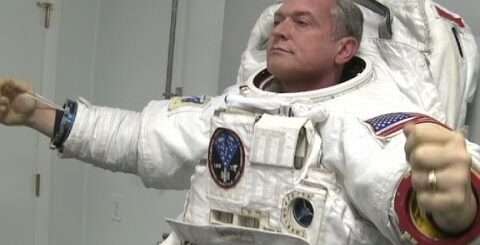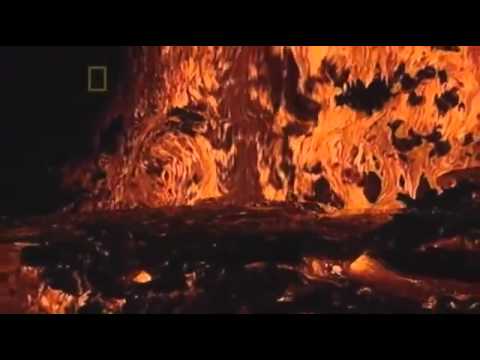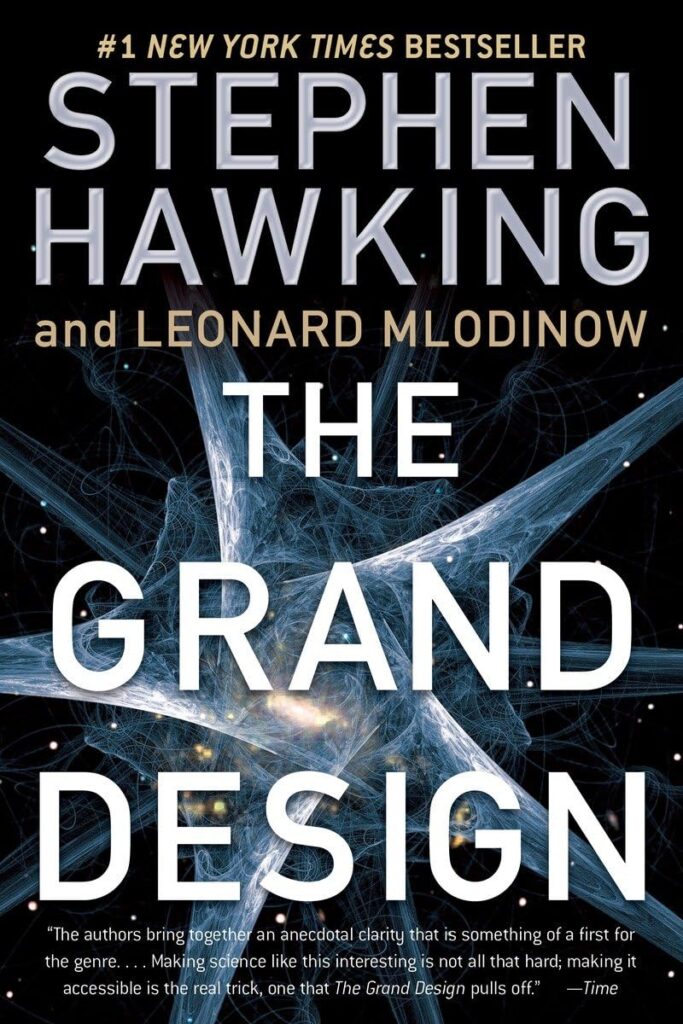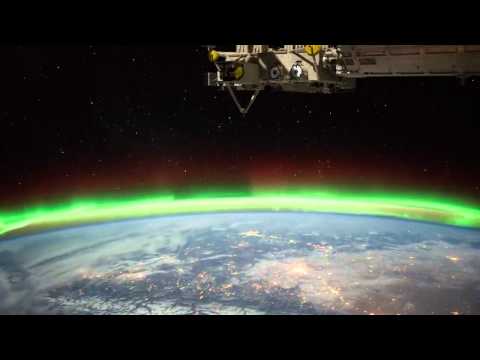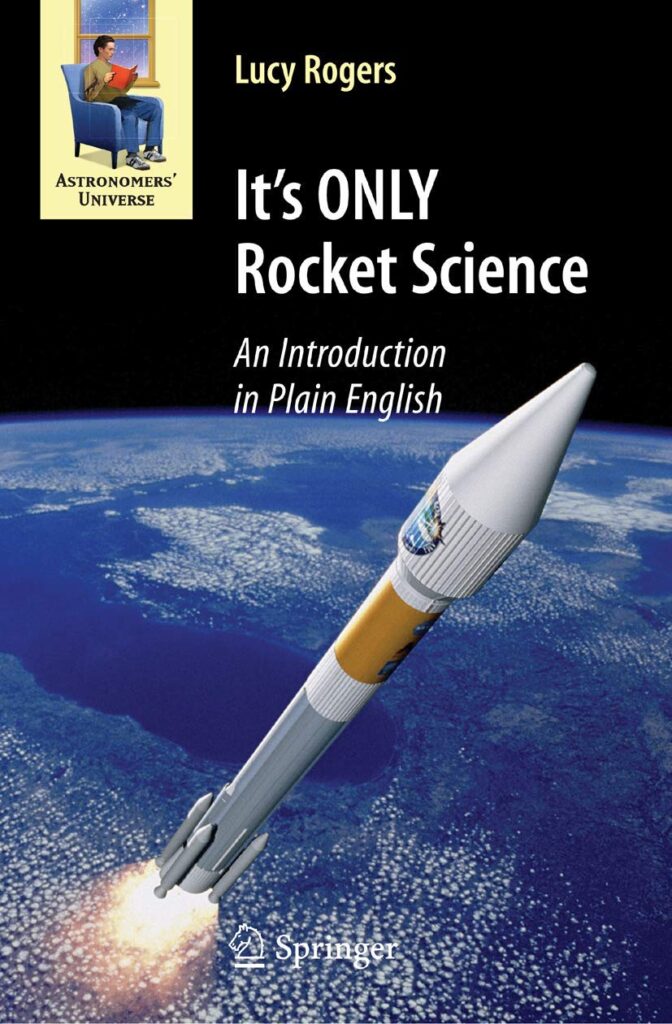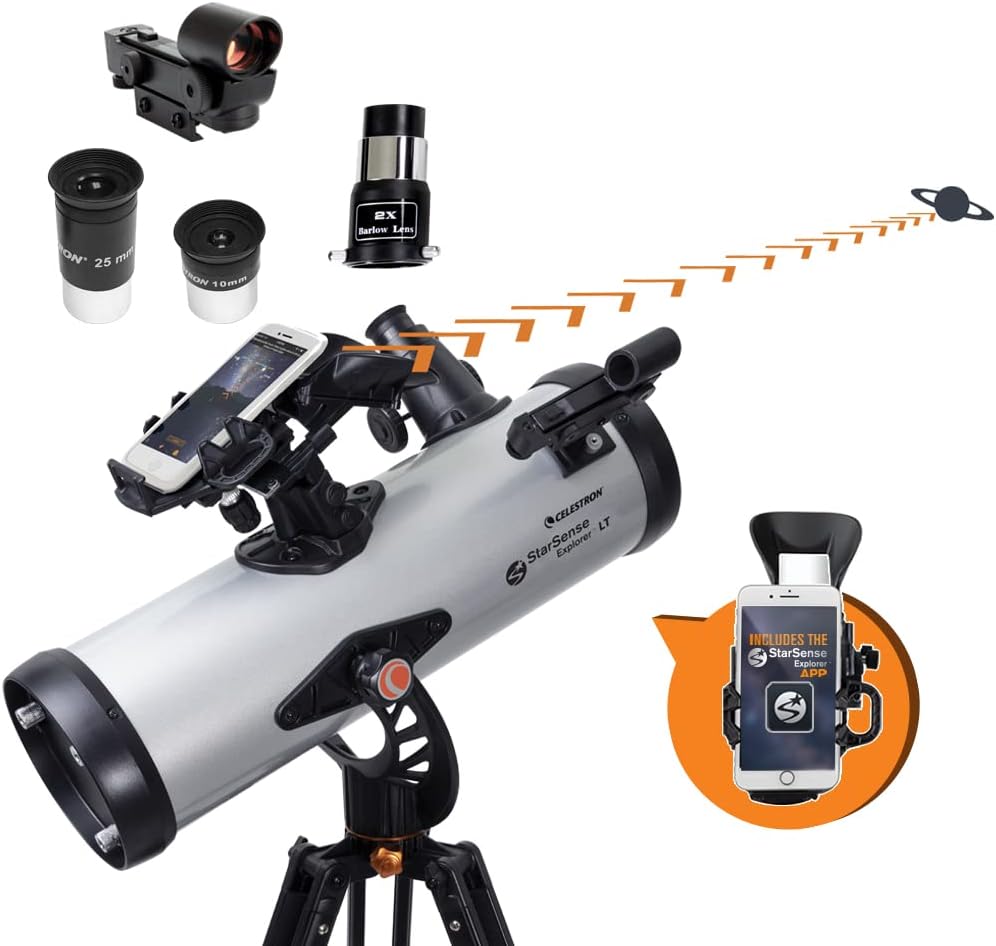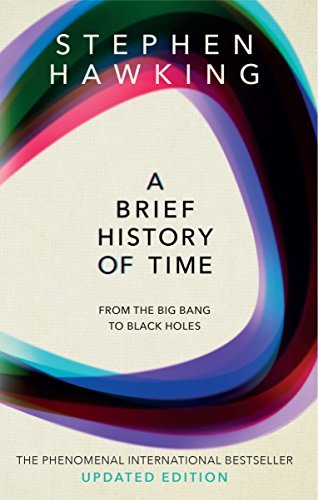U.S. vs. China: The Tech and Design Behind Space-Tourism Rockets | WSJ
(poignant music) – [Narrator] This is Jeff Bezos’ Blue Origin rocket ship that takes tourists to the edge of orbit, and this is a model from CAS Space, a Chinese company that’s been tagged by the government to send its first tourists to space as soon as 2024. We compare the two vehicles, because the company that can perfect the reusable space rocket and make it cheaper, could get one of the first cracks at accessing the larger space economy. – [Pilot] Welcome to space! – [Narrator] In 2021, a flurry of commercial space flights pioneered by American companies began taking off, and they’ve been working for years to develop their vehicles, and recently China decided to join the race. Last year, CAS Space, which was created by the country’s top scientific think tank, laid out plans for its space rocket. – China’s rather a latecomer in space tourism, but then also very aggressive in their timelines. – [Narrator] Blaine Curcio is a space industry consultant, and he focuses on the Chinese and US markets, providing analysis for commercial space companies that look to broaden their footprint. – CAS Space, they talk about wanting to have their first demonstration flight of their space tourism vehicle in 2022, and then finally space tour, like actual space tourism flights by 2024. – [Narrator] Though a lot of uncertainties lie ahead for this commercial project, Curcio says these deadlines aren’t impossible. (siren beeps) (rocket engine roars) In the past few years China’s national space program has had a good track record. It was the first to land a Rover on the far side of the moon, then sent another one to Mars and started building its own space station. So to catch up, CAS Space is planning to offer flights too. Its trips will look less like SpaceX. – We’re seeing the world every 90 minutes. – [Narrator] And Virgin Galactic. – [Space Traffic Control] Fire, fire. – [Narrator] But more like Blue Origin. (rocket engine hisses) – They are going to the edge of space where people have a couple of minutes of weightlessness. – Quentin Parker’s been researching global space programs for over 40 years, and has recently been focused on projects coming out of China. – The design of these rockets is driven strongly by what you need to do with it. – [Narrator] So Blue Origin and CAS Space have similar designs and both say the journey is about 10 minutes. First, the rocket will launch up into the sky, then it will release the capsule that carries the tourists. As the rocket comes back down vertically, the capsule will continue into suborbital flight, going across the Karman line, an imaginary boundary between Earth’s atmosphere and outer space. Then the capsule will return to Earth separately. (bell rings) Blue Origin completed three human flights last year, using the same vehicle for each trip. While CAS Space hasn’t tested a rocket, the company says it’s also designing one that will be reusable. – Reusability is what drives down the cost so significantly and makes so many of these plans viable. – [Narrator] One key to reusability is at the bottom. The engines are designed to throttle and restart. (rocket engine hisses) So they can be fired to take off as well as control the landing. But this is where both companies’ designs start to look different. Blue Origin relies on only one engine which has worked stably for each of its human flights. According to CAS Space, its rocket will use five of these. Parker says multiple engines could provide more thrusting points to help ensure that the rocket remains intact. – If you have five engines, then if one misbehaves, you could possibly compensate with the other four. – [Narrator] There’s another factor that could determine what kind of reusable rocket may become the popular model: the rocket fuel. Blue Origin uses a combination of liquid hydrogen and liquid oxygen, while CAS Space is planning on using kerosene and liquid oxygen. And both choices have environmental and financial pros and cons. – [Quentin] Kerosene mixed with liquid oxygen is dirtier than what Blue Origin does, but it’s actually much, much cheaper. – [Narrator] Blue Origin founder Jeff Bezos has said working with liquid hydrogen is challenging, but that this fuel component would be important for the company’s future projects. CAS Space said the design of its engine is meant to keep costs low. – So it’s actually, if you’re going commercial you need to see what is the best option and it becomes a more viable commercial proposition. You can make a profit. – [Narrator] And to make these plans commercially viable, Blue Origin’s rocket and the one planned by CAS Space would use different landing systems. The Chinese company is designing a tower that will catch the rocket, whereas Blue Origin uses fins, drag breaks, and landing legs to help it touch down softly. Space companies are still weighing how much to invest and determining the demand for these types of trips, since reserving a seat is expensive. The mastering the reusable technology ultimately isn’t only about tourism. – Space tourism is a very small part of the overall space economy right now, but in terms of the technology side of things, reusable rockets are definitely a really big enabler of a lot of other things. – [Narrator] The race for a better rocket includes launching satellites and sending crew and cargo to space stations. Even one day, facilitating deep space exploration to the moon or Mars. (rocket engine roars) But industry experts say there’s currently a launch bottleneck for some of these missions because there aren’t enough rockets, and building one can take months, if not years, and cost millions or even billions of dollars. (rocket engine roars) So the company that could perfect the reusable technology would not just help relieve that bottleneck, but also grab a larger slice of the growing industry. Blue Origin and CAS Space didn’t respond to our request for comment. For China, these commercial possibilities could help further open up its space program which has been strictly controlled by the government. – [Blaine] They want commercial companies to play a bigger role in innovation, so I think that’s going to be increasingly important, even for the things like the high level civil Chinese space program. – [Narrator] And for US companies, these commercial possibilities may mean a closer relationship with NASA, which has already partnered with Blue Origin for its launch services. For now, the space race for tourists is just the first step. – We’re still waiting for the game changer in terms of propulsion technology, but reusable rockets and reusable tech are making big strides around the world and getting more efficient and more reliable and more safe. – [Narrator] And if this game changer arrives, it’ll open up the potential of a much larger future in space for both the US and China. (poignant music)


